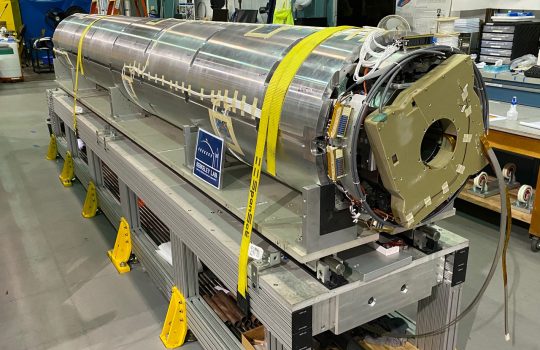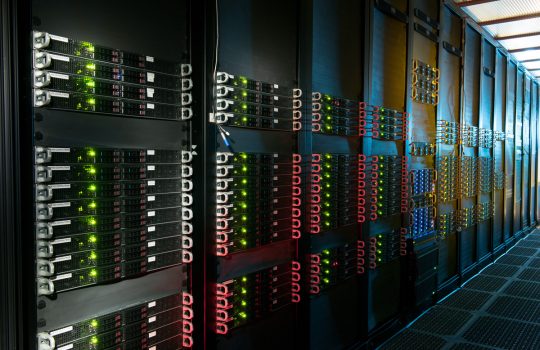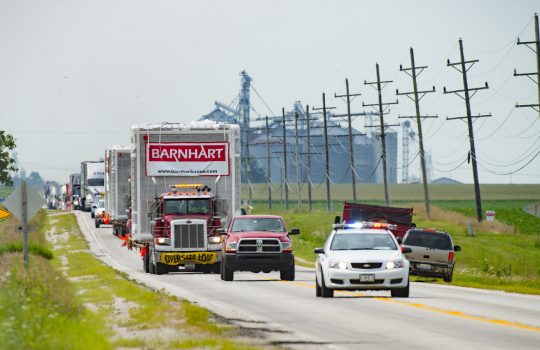Prediction for magnetic moment of the muon informs a test of the standard model of particle physics
From Nature, May 5, 2021: The established theory of the standard model, and has passed a vast number of experimental tests with flying colors. But one such test — the determination of the magnetic moment of an elementary particle known as the muon — has resulted in a long-standing discrepancy between theory and experiment.



